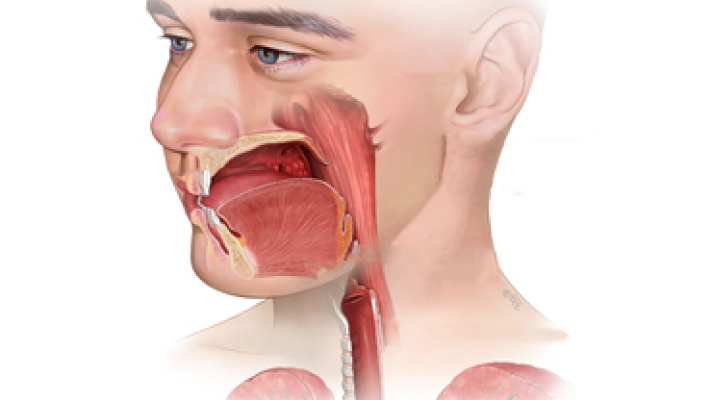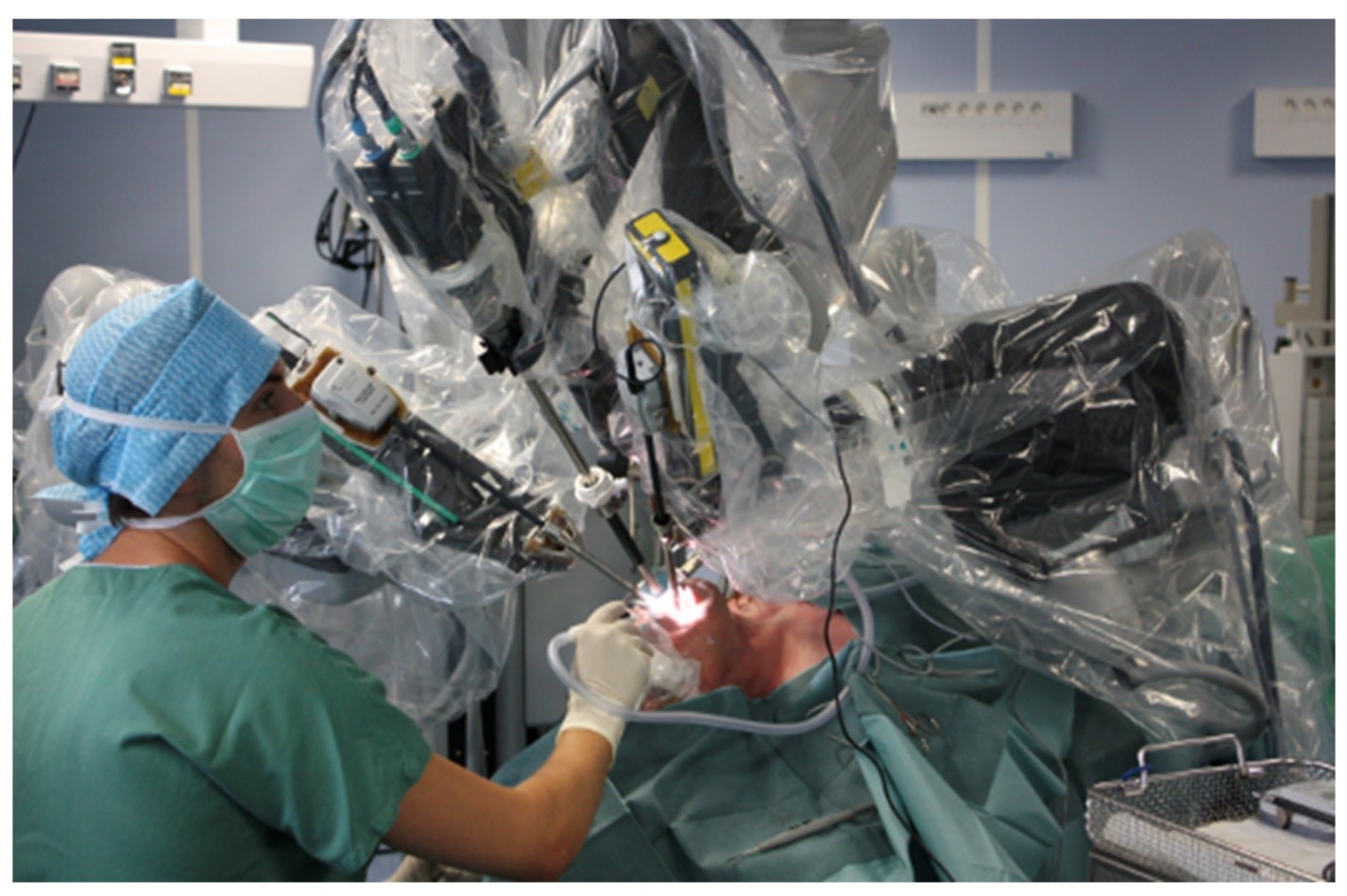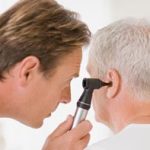Oropharyngeal Cancer Surgery
Types of Oropharyngeal Surgery
A variety of surgical approaches may be used to treat oropharyngeal cancers.
Glossectomy
This operation removes part or all of the tongue, which then is reconstructed to preserve as much normal function as possible.
Mandibulectomy
This operation removes cancers that develop in the lower jaw, which is called the mandible. A piece of bone from another part of the body may be used to reconstruct the jaw. With modern surgical techniques, it is possible to take half or more of the jaw and restore it so your appearance, speech, and swallowing function are preserved as much as possible.
Pharyngectomy
This operation removes all or part of the throat or pharynx. This operation may be recommended to treat cancers of the oropharynx, hypopharynx, or nasopharynx. For extensive procedures, reconstructive procedures to resurface the inside of the throat may be performed to improve your ability to speak and swallow.
Reconstruction
The goal of this type of surgery is to restore structure and functions after cancer treatment. These surgical repairs commonly use of skin, muscle, and/or bone taken from another part of your body to repair the tissue that was damaged by the cancer.
Other surgery for oropharyngeal cancer
You may need other types of surgery as part of your treatment for oropharyngeal cancer:
Oropharyngeal biopsy
If imaging or a doctor’s exam suggests that you may have cancer, you first need a biopsy to confirm a diagnosis. A biopsy takes a small sample of cells from abnormal tissue. The types of biopsy we use at Stanford include:
- Needle biopsy: Your doctor inserts a very thin needle (fine needle aspiration) or a wider needle (core biopsy) into a tumor, such as a suspicious lymph node, to remove cells to test for cancer.
- Image-guided biopsy: A radiologist uses an imaging technique such as ultrasound or MRI to guide the needle for the biopsy.
- Endoscopy: Your doctor uses a thin, flexible fiber optic tube that is slipped down the nose or throat to look at suspicious tissue and collect a sample of cells.
- Surgical (or excisional) biopsy: Your surgeon may remove all or part of a tumor to be tested.
Neck dissection
This procedure is to remove lymph nodes that are involved with the cancer or are at high risk of being involved. Once the lymph nodes are removed, they are carefully examined by a pathologist to assess for metastases (or spread of the cancer). It may be performed at the same time as the primary operation for the oropharyngeal cancer or in a separate procedure.
Tracheostomy
This surgical procedure creates an opening in the trachea, or windpipe, to help with breathing. It is not always needed and is commonly temporary.















